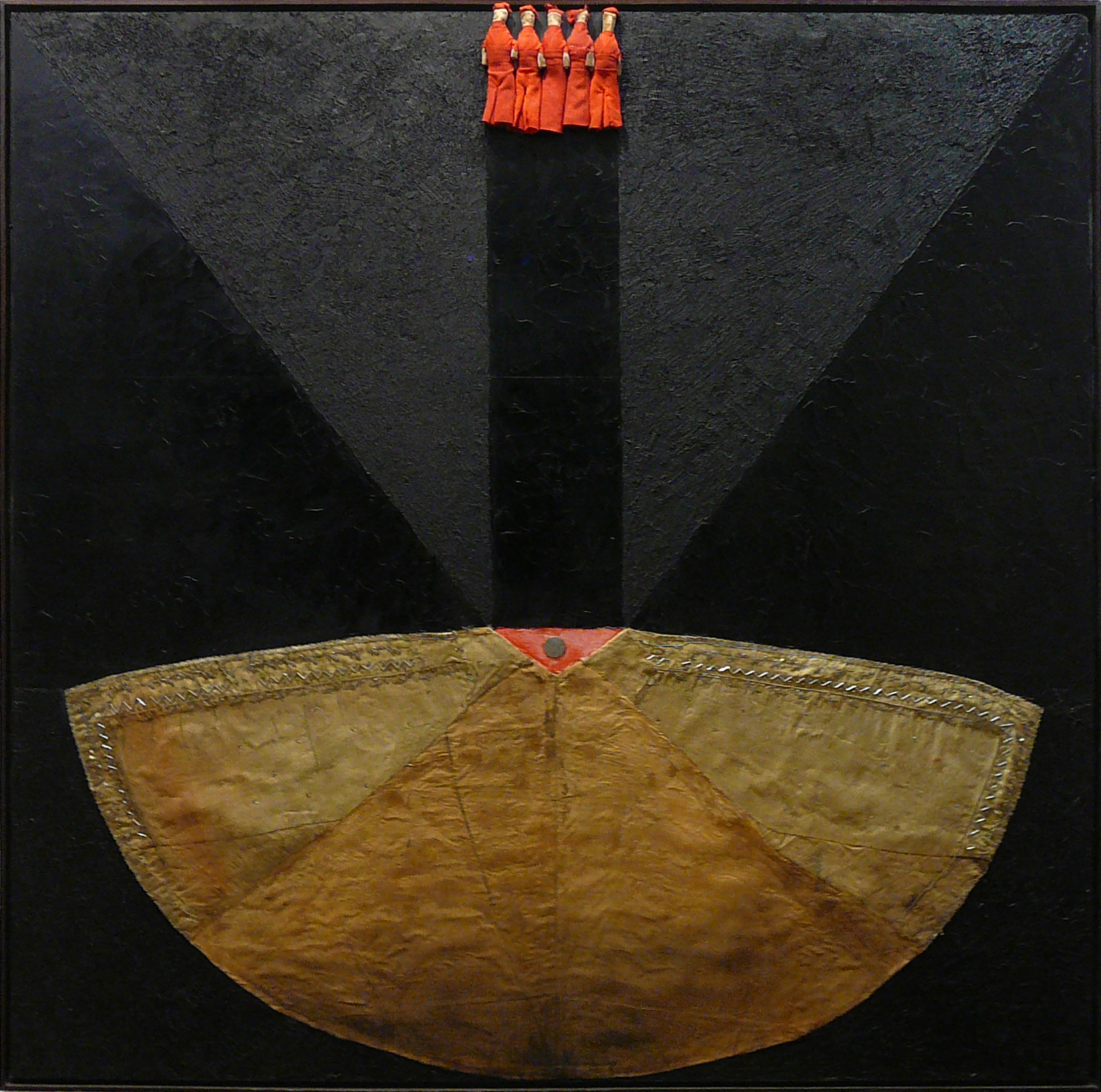EXHIBITIONS
Exhibitions, Special Awards and Artist Awards
artist awards
1960
Grand Prize "Mariano Aguilera" - Quito, Ecuador.
1961
First Prize "Salón Bolivariano" - Guayaquil, Ecuador.
1961
Honorable Mention "VI Sao Paulo Biennial" - Sao Paulo, Brazil.
1964
Fourth Prize "II American Art Biennial" - Córdoba, Argentina.
1968
Fourth Prize "I Bienal de Quito" - Quito, Ecuador.
1972
Selected by the jury from 20 selected works in the "III Coltejer Art Biennial" - Medellín, Colombia.
1977
"First National Central Bank Award" - Quito, Ecuador.
1997
"Eugenio Espejo" National Arts Award - Quito, Ecuador.
SPECIAL AWARDS
1979
Distinction "Luis A. Martínez", Illustrious Municipality of Ambato,
- Ambato, Ecuador.
1980
Commissioned by the Governor of the State of Kentucky as Colonel of Kentuky.
1997
"Eugenio Espejo" Award for the Arts - Quito, Ecuador.
1998
Decoration to Merit in the degree of Knight.
Awarded by the Architects Association of Tungurahua.
1998
Distinction "Cruz de J. Montalvo", Illustrious Municipality of Ambato.
Ambato, Ecuador.
2006
Tribute to Values of Ecuadorian Culture, medal awarded by AFESE, Association of Officials and Employees of the Ecuadorian Foreign Service.
2006
Decoration of the National Order "Al Merito" in the Degree of Commander, granted by the Constitutional President of the Republic of Ecuador, D.R. Alfredo Palacios.
2010
Decoration "Encomienda de Número de la Orden de Isabel la Católica", granted by Don Juan Carlos I, King of Spain, on December 21, 2010 Madrid - Spain
2012
Receives Tribute from the Fair of the Practical Amateur for his unwavering loyalty to the Fiesta Brava at the Tambo-Mulaló Hacienda, in addition the sculptor Edgar Balseca gave him his work TORO BLANCO. Lasso - Ecuador
2013
Decoration to the "Civic Merit" granted by the Honorable Provincial Government of Ambato on July 3, 2013, Ambato - Ecuador
“Viteri, to this day, raises its permanent concern for the contemporary world, for its own context, for the need for consolidation, recognition and identity in America.”
1960
1961
1963-1968
The gestural abstract
Second stage of the abstract:
1968
1969
He travels to Spain and resides there for a year, an experience that sharpens the need to deepen this new language, the assembly. In Madrid he meets the Polish-Jewish painter Maryan; he works with him and feels his influence in what will be his new neofigurative stage, from which ink drawings emerge, filled with a dramatic emotional charge. It is a period of strong emotional crisis. Their assemblages begin to be recognized internationally and are manifested above all through the concept of miscegenation.
To the present
He has participated in the Biennials of: Venice-Italy, Sao Paulo-Brazil, Córdoba-Argentina, Coletjer Medellín -Colombia







